2000 Honda Integra Type R
In the car sphere, the letter ‘R’ brings with it a certain expectation. R is for race. We delve into...
Today is a special day for the Honda Civic Type R as the nameplate celebrates 25 years of bringing race-derived and high-performance motoring to the road.
It seems fitting then to take a look back at what six generations of Type R has brought us and to see how far the hot hatches have come since the late 1990s.
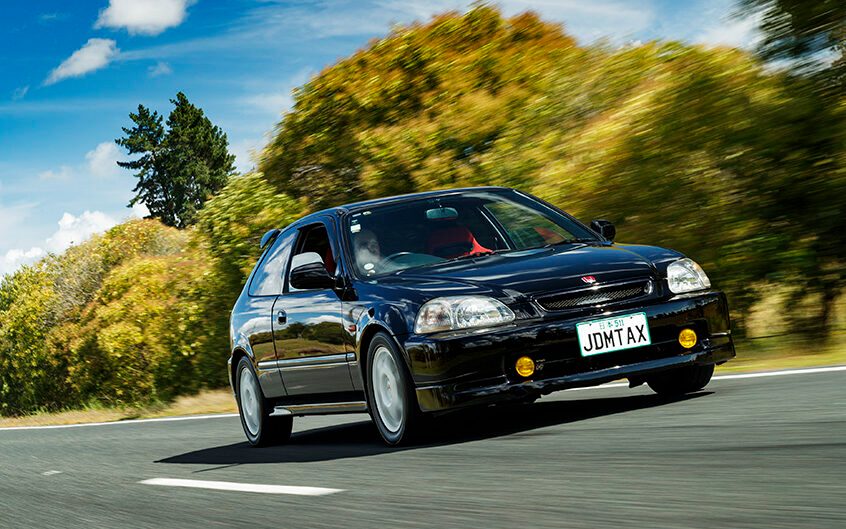
It all started in 1997 with the idea of bringing an affordable and accessible hot hatch to the masses.
The EK9 Type R was offered to the Japanese market only and came with a hand-ported 1.6-litre dual overhead camshaft Vtec engine that produced 136kW.
A lightweight seam-welded shell contributed to a total vehicle weight of just 1050kg.
Check out our 1997 Honda Civic Type R review
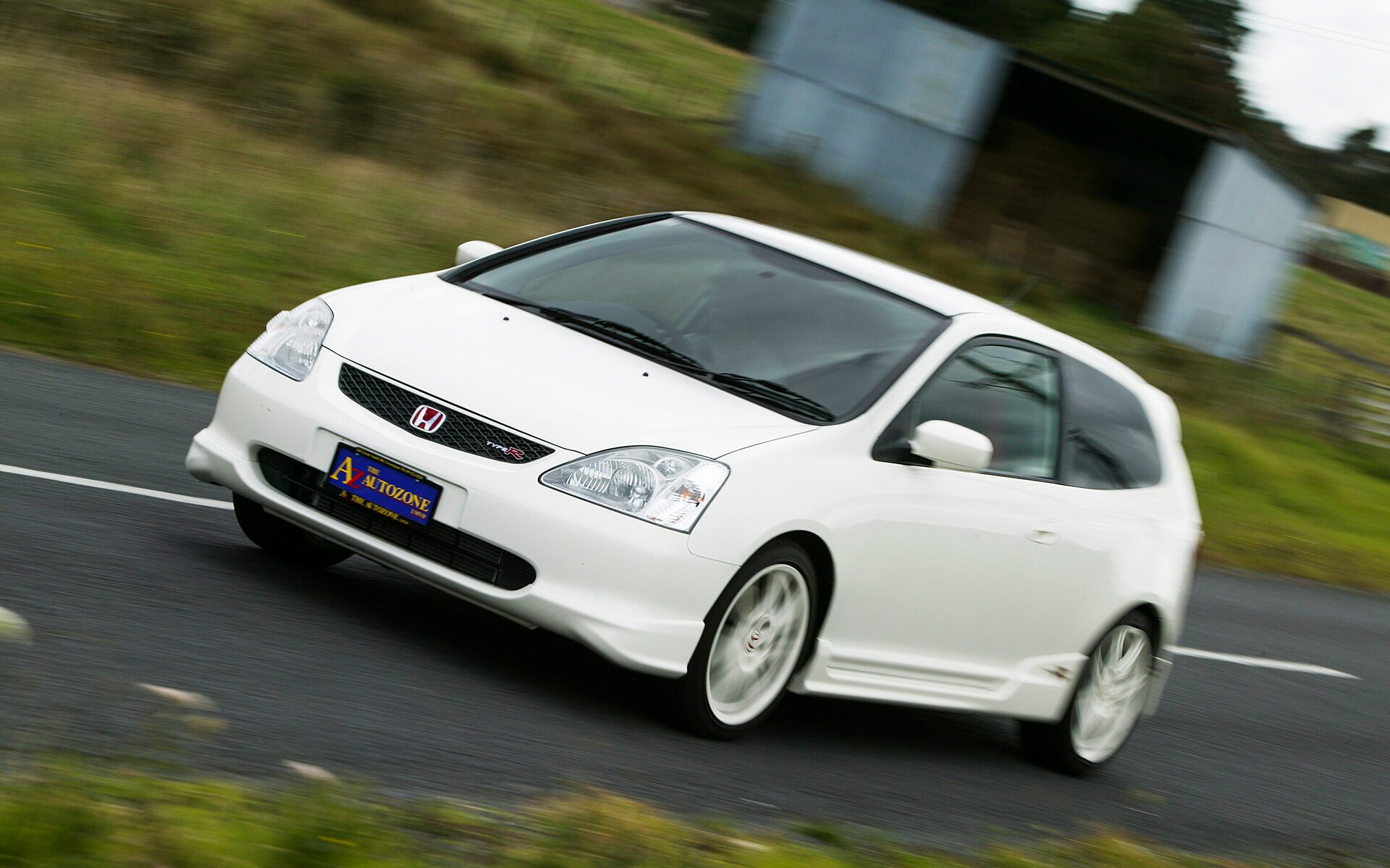
Thanks to the success of the first-generation Civic Type R, the model was then offered to the European market.
The EP3 introduced the new 2.0-litre dual overhead camshaft i-Vtec K series engine to the model along with upgraded brakes, a close-ratio six-speed manual transmission and a shell that had 80 per cent more torsional static rigidity over the EK9.
Check out our 2003 Honda Civic Type R review
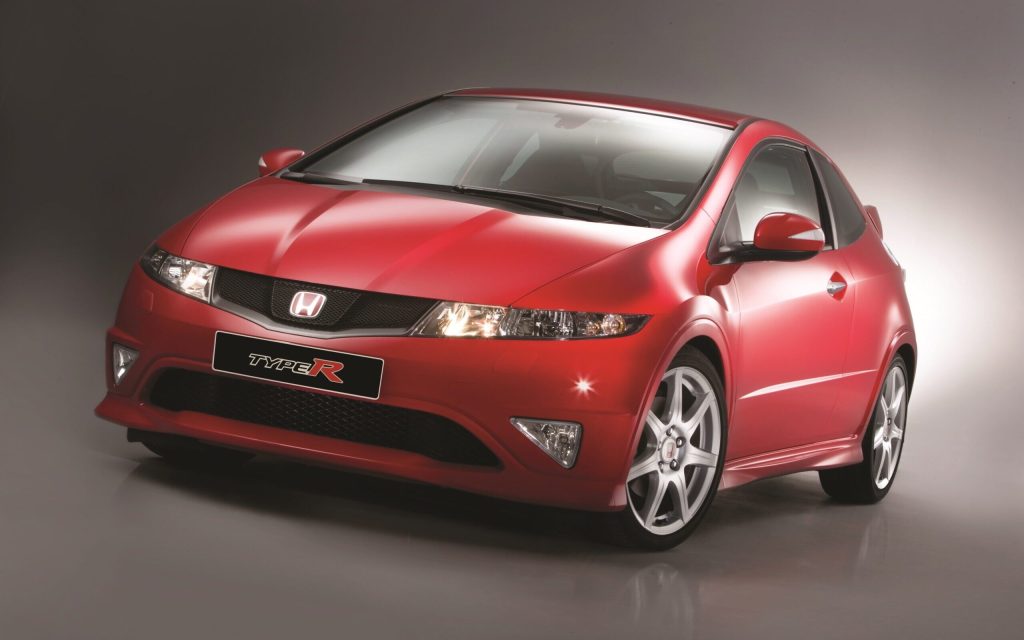
Both the European and Japanese Type R models differed dramatically when it came to the release of the third generation car.
In Europe, the FN2 hatchback was the base for the Type R which retained the naturally aspirated 2.0-litre found in the EP3 but introduced a new chassis.
Japan got the FD2 instead complete with the more powerful K20A engine, a helical LSD and Brembo brakes.
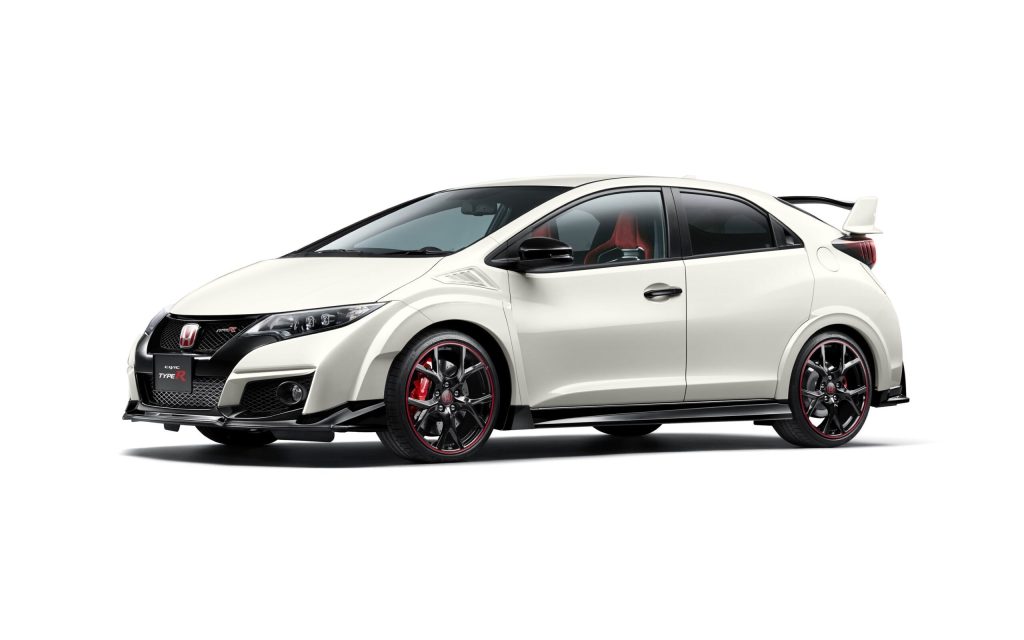
In 2015, market and regulatory expectations caused the Type R to shift to a turbocharged power plant courtesy of the further developed 2.0-litre K20C1.
The now boosted Type R made 228kW and was engineered to handle the power increase through Honda’s Dual Axis Strut Suspension paired with a limited slip differential to counter torque-steer.
The FK2 accelerates from 0 to 100km/h in 5.7 seconds and features Brembo brakes to bring it back to a stop.
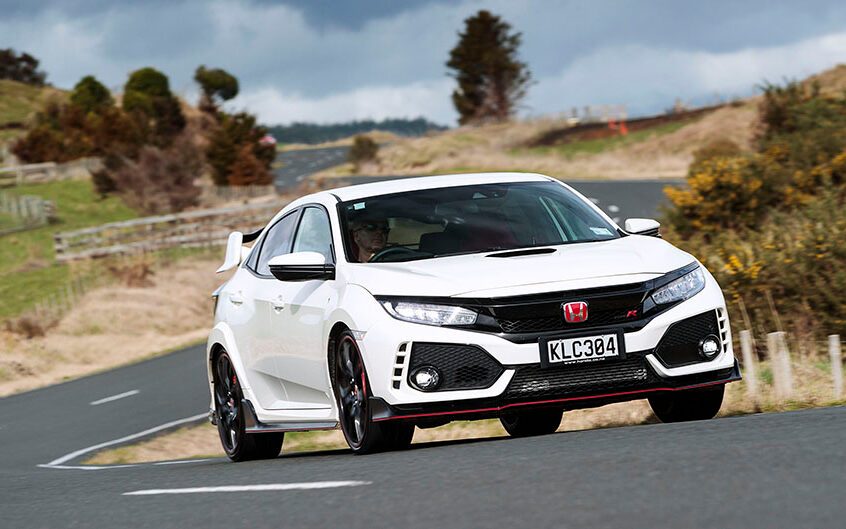
In 2017, the Type R was introduced to a host of new mechanical features including adaptive dampers and a revisited K20C1 engine which now makes 235kW.
The design had also changed in favour of aerodynamics with the likes of an almost flat underfloor contributing to negative lift while the bodywork saw the Type R grow a plethora of intakes and vents.
FK8 also saw the model make its debut in the United States.
Check out our 2017 Honda Civic Type R review or our 2020 Honda Civic Type R review
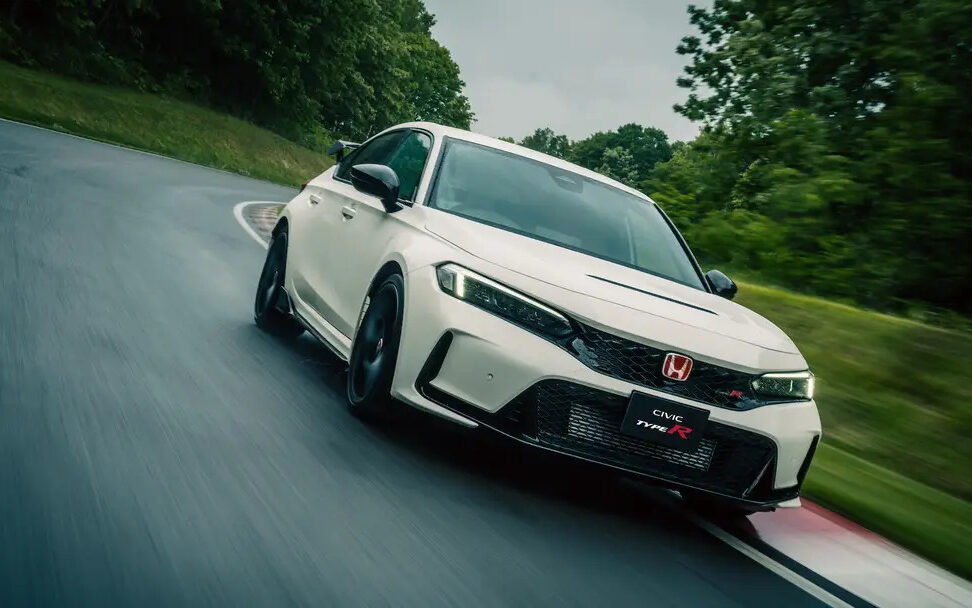
The all-new Civic Type R is set to release locally next year and has taken inspiration from the model’s 25 years of development over six generations.
While there’s no word on performance figures just yet, new technologies and refined aerodynamics have already proven their worth with the car already setting the front-wheel drive record around Suzuka Circuit in Japan earlier this year.
Smoother lines and fewer air ducts give the Type R a more mature look but it still shows its fun-side through features like a triple-exit exhaust and 90s tuner-looking rear wing.
You may also like…
In the car sphere, the letter ‘R’ brings with it a certain expectation. R is for race. We delve into...
As the price of all the rare and desirable european sports cars increases, there is a flow-on effect to those...


